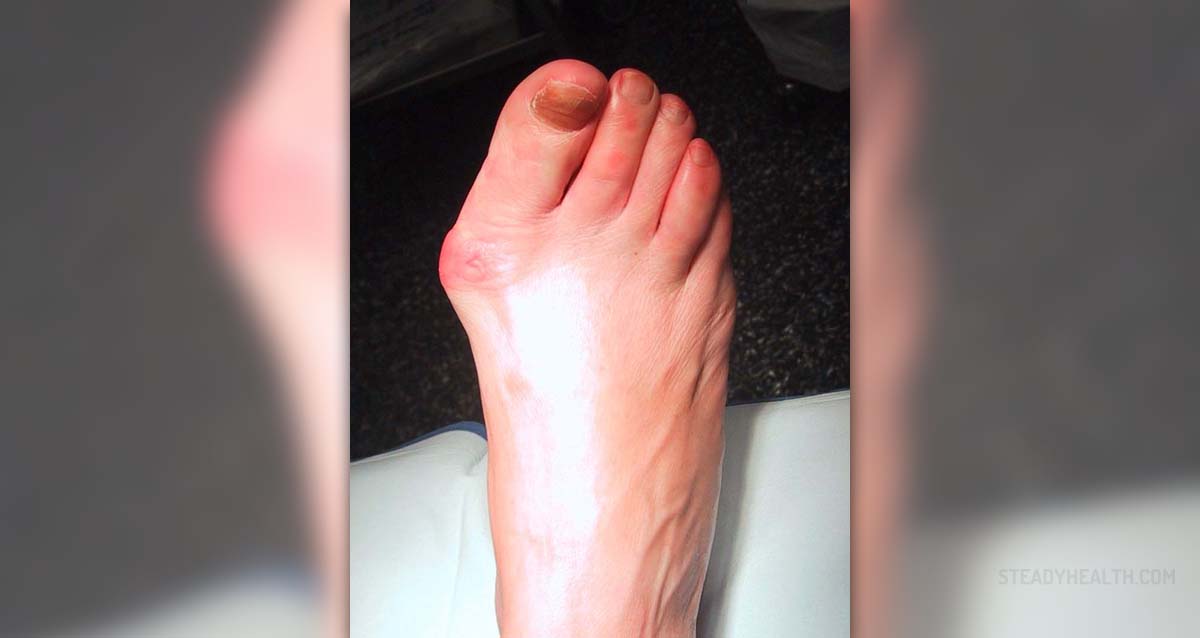
Hallux Valgus
Hallux valgus or a bunion is a foot deformity. It is a bump on the side of the big toe which makes the big toe to lean to the next toe and pushes it outwards. Hallux valgus is a hereditary deformity but it can also be a result of wearing improper shoes or a consequence of arthritis or some other medical condition. The bump is actually a bone enlargement which may include swelling, inflammation of the joints or irritation of the skin. Besides being unsightly it can be very painful condition which can limit the movement of your big toe. Bunions are more common in women than in men.Treatment
The treatment for bunions depends on the severity of your condition. In the mild cases and early stages the treatment intends to relieve the pain and prevent the deformity from progression. The first thing you should do is to start wearing comfortable shoes which will not cause pressure on the toes. There are also specially designed shoe pads which can help in reducing the symptoms. If the pain in the foot is severe you should ask your doctor for some painkillers. The painkillers just reduce the pain but they will not prevent the progression of the deformity.Surgery
In severe cases of hallux valgus, when the other forms of treatments have failed, a surgery may be considered. If the bunions cause walking problems, persistent pain and chronic inflammation, the surgery is the best option. There are several surgical procedures for bunions and most of them include removal of the bump. The simplest surgery just includes cutting off the bump. More complicated procedures include fixing and alignment of the bones in the toe and the surrounding ligaments. The most sophisticated surgical procedures involves in removal of the bump together with the bone and installment of metal wires or screws to hold the bones. Depending on the complexity of the procedure, you may be given just a local anesthesia and some mild sedatives or a general anesthesia. In most cases the surgeon will have to make several incisions in order to fix the bones and insert wires or screws.Outcome
The surgical procedures aim at relieving the symptoms and correction of the deformity. The patient will have to wear special shoes after the procedure to ensure the proper bone healing. The recovery time depends on the type of surgery and it can take several weeks or a few months for the foot to heal completely. The possible complications includes infection and recurrence of the deformity.





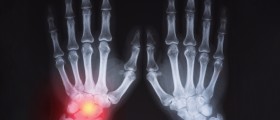
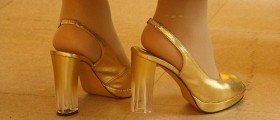

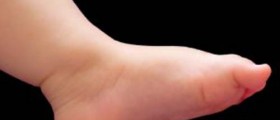

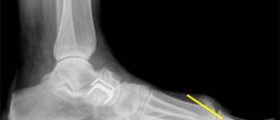





Your thoughts on this
Loading...